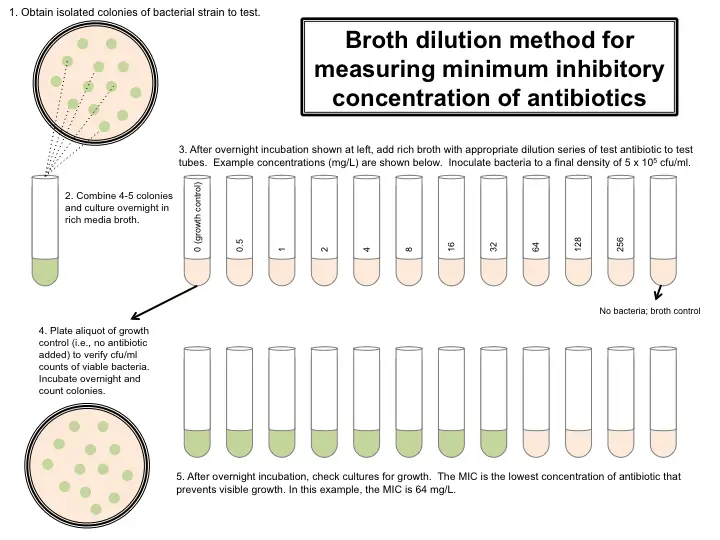Serial Vs Parallel Dilution Method
- Posted in:Admin
- 13/04/18
- 84
Contents • • • • Parallel Data [ ] The parallel port on modern computer systems is an example of a parallel communications connection. The parallel port has 8 data wires, and a large series of ground wires and control wires. IDE hard-disk connectors and PCI expansion ports are another good example of parallel connections in a computer system. Serial Data [ ] The serial port on modern computers is a good example of serial communications. Serial ports have either a single data wire, or a single differential pair, and the remainder of the wires are either ground or control signals. USB, FireWire, SATA and PCI Express are good examples of other serial communications standards in modern computers.

Serial Dilution in Microbiology: Calculation. An example serial dilution using the easiest method. In Microbiology: Calculation, Method & Technique. Dilutions: Explanations and Examples of Common Methods. There are many ways of expressing concentrations and dilution. Autocad Lisp Steel Sections Properties there. Serial Dilutions.
Which is Better? [ ] It is a natural question to ask which one of the two transmission methods is better.
At first glance, it would seem that parallel ports should be able to send data much faster than serial ports. Logitech Mk300 Driver Vista more. Let's say we have a parallel connection with 8 data wires, and a serial connection with a single data wire.

Simple arithmetic seems to show that the parallel system can transmit 8 times as fast as the serial system. However, parallel ports suffer extremely from inter-symbol interference (ISI) and noise, and therefore the data can be corrupted over long distances. Also, because the wires in a parallel system have small amounts of capacitance and mutual inductance, the bandwidth of parallel wires is much lower than the bandwidth of serial wires. We all know by now that an increased bandwidth leads to a better bit rate.
We also know that less noise in the channel means we can successfully transmit data reliably with a higher Signal-to-Noise Ratio, SNR. If, however, we bump up the power in a serial connection by using a differential signal with 2 wires (one with a positive voltage, and one with a negative voltage), we can use the same amount of power, have twice the SNR, and reach an even higher bitrate without suffering the effects of noise. USB cables, for instance, use shielded, differential serial communications, and the USB 2.0 standard is capable of data transmission rates of 480Mbits/sec! In addition, because of the increased potential for noise and interference, parallel wires need to be far shorter than serial wires. Consider the standard parallel port wire to connect the PC to a printer: those wires are between 3 and 4 feet long, and the longest commercially available is typically 25 meter(75 feet). Now consider Ethernet wires (which are serial, and typically unshielded twisted pair): they can be bought in lengths of 100 meters (300 feet), and a 300 meters (900 feet) run is not uncommon!
UART, USART [ ] A Universal Asynchronous Receiver/Transmitter (UART) peripheral is used in embedded systems to convert bytes of data to bit strings which may be transmitted asynchronously using a serial protocol like RS-232. A Universal Synchronous/Asynchronous Receiver/Transmitter (USART) peripheral is just like a UART peripheral, except there is also a provision for synchronous transmission by means of a clock signal which is generated by the transmitter.
• On the use of the serial dilution culture method to enumerate viable phytoplankton in natural communities of plankton subjected to ballast water treatment • There are two situations where serial dilutions should be used rather than parallel dilutions: FIRST: Use a serial dilution when you need several solutions of the same solute and there is a constant dilution factor. Therefore, this series has a constant dilution factor of 10. • THE INDICATOR DILUTION METHOD: ASSUMPTIONS AND APPLICATIONS TO BRAIN UPTAKE Olaf B. Paulson and Marianne M. Hertz State University Hospital, Copenhagen, Denmark • ARQ 197 (Tivantinib) is a novel and selective human c-Met receptor tyrosine kinase inhibitor with a minmal IC50 of 0.1 μM. Find all the information about ARQ 197.